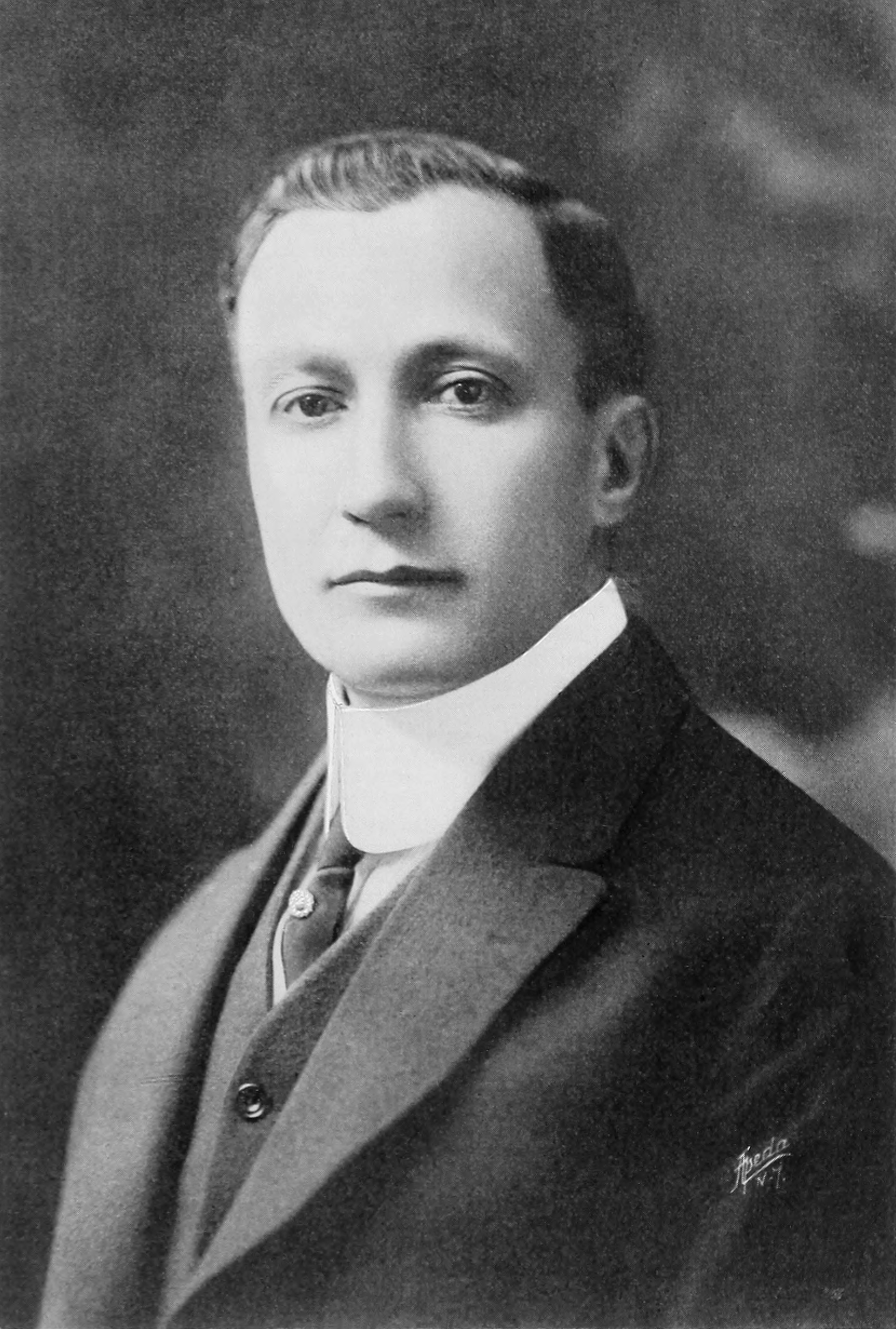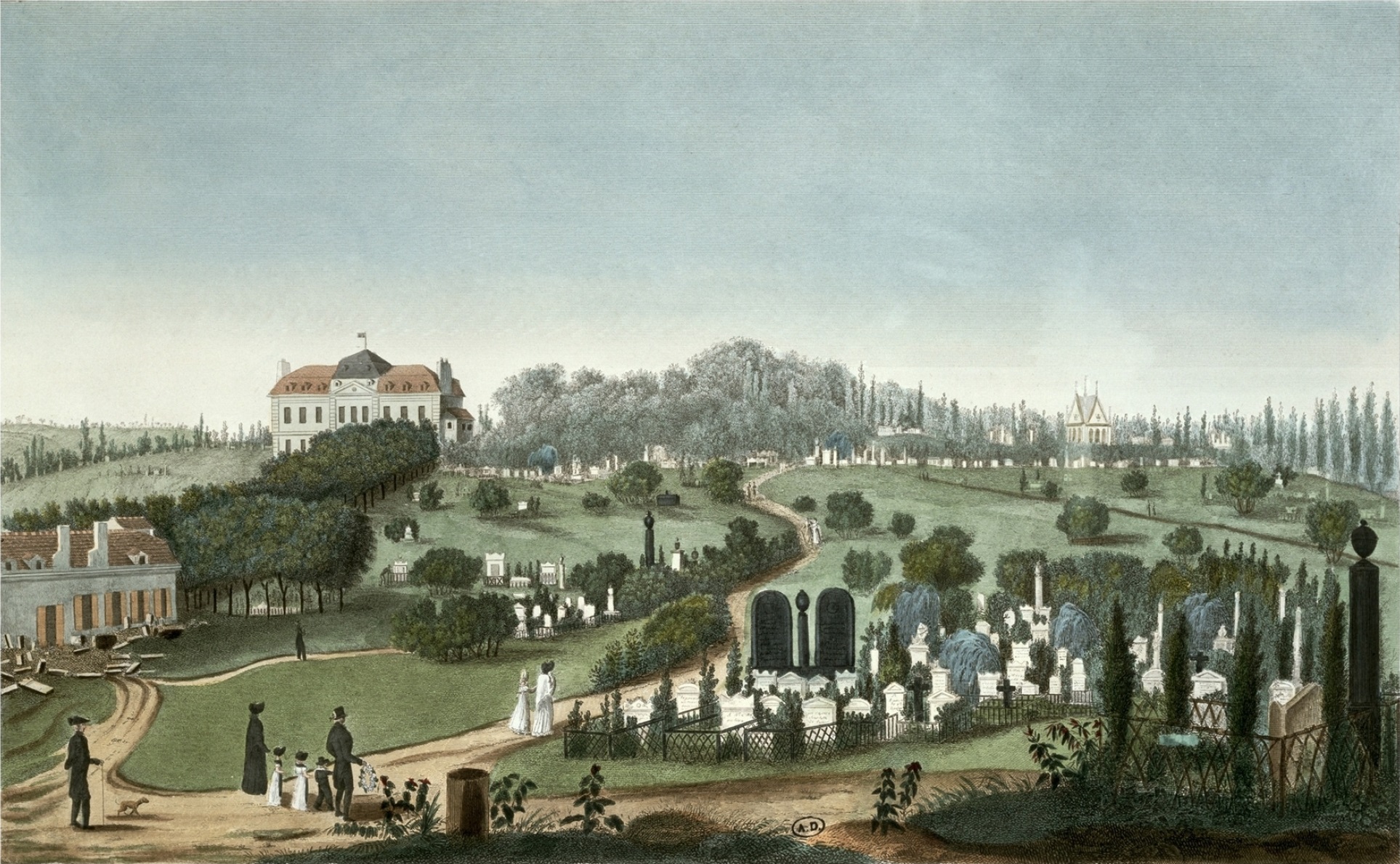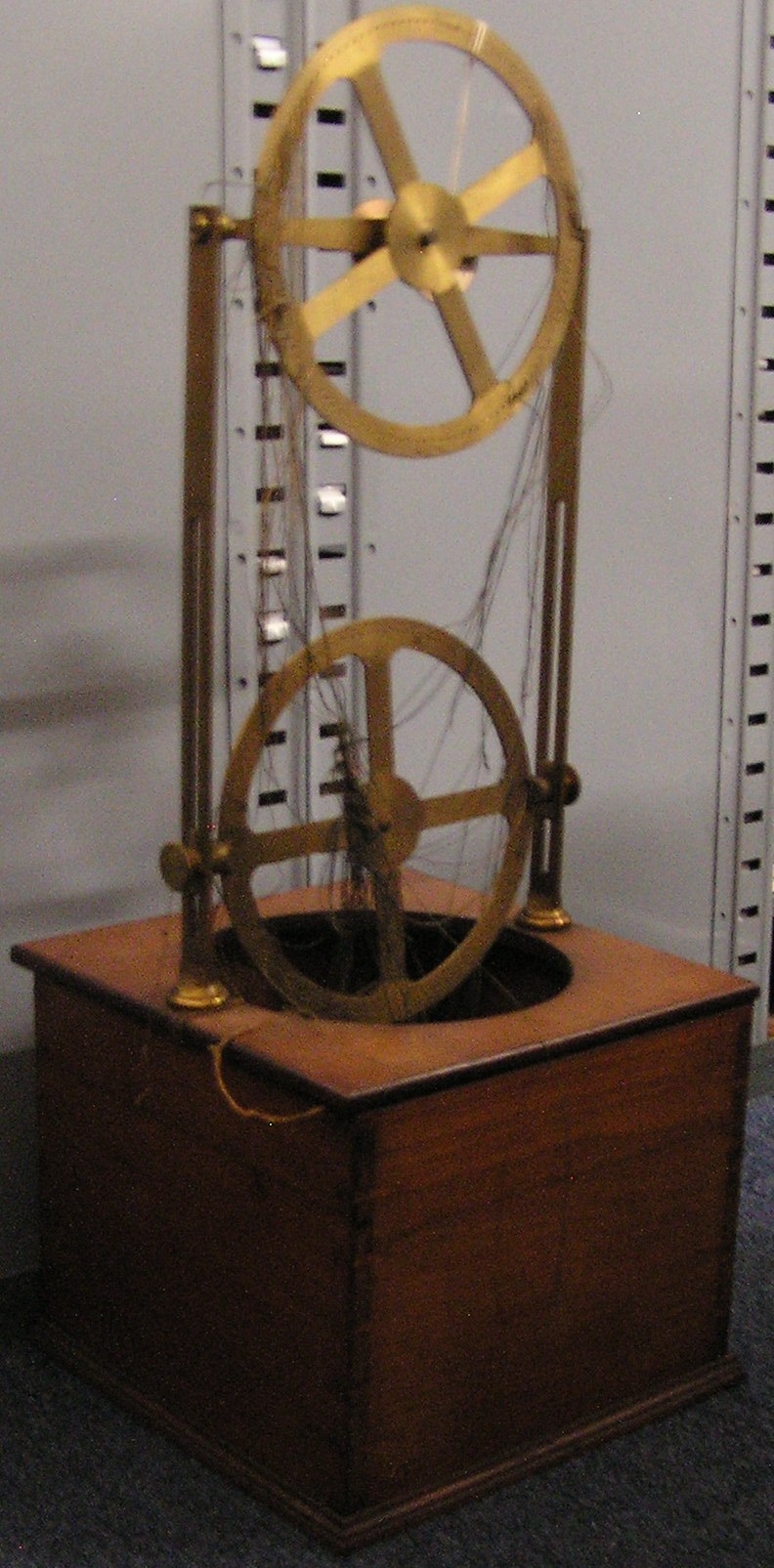|
Alphonse Lavallée
Alphonse Lavallée (1791–1873) is the founder of the École Centrale Paris, a French ''Grande École''. He was born in Savigné-l'Évêque (Sarthe region, France). After studying law in Paris, Lavallée became the director of various companies such as the Compagnie du chemin de fer de Paris à Orléans. He also became a businessman in the region of Nantes, working for ten years with his brother-in-law who was a shipowner of the merchant vessel ''Bourgault Ducoudray''. After moving to Paris in 1827 where he moved with his wife and his one-year-old daughter, Amazilli, Lavallée became a shareholder of the ''Le Globe'', a liberal opposition newspaper with Saint-Simonian roots. Two years later, Lavallée decides to create a new school of engineering for the emerging industrial sector in France, at a time where all the leading institutions were essentially training engineers for public administration. He founded in 1829 the prominent École centrale des arts et manufactures in Pa ... [...More Info...] [...Related Items...] OR: [Wikipedia] [Google] [Baidu] |
Jean Claude Eugène Péclet
Jean Claude Eugène Péclet (10 February 1793 – 6 December 1857) was a French physicist. He was born in Besançon, France. Péclet became, in 1812, one of the first students of the École Normale in Paris with Gay-Lussac and Dulong being his professors. In 1816, he was elected professor at the Collège de Marseille and taught physical sciences there until 1827. Being nominated ''maître de conférences'' (tenured position) at the École Normale Supérieure, he returned to Paris. In 1829, he became a professor of physics at the École Centrale des Arts et Manufactures that was being founded by the businessman Alphonse Lavallée, by Péclet, and by two other scientists, Jean-Baptiste Dumas and Théodore Olivier. His salary was then 3000 Francs per year, plus a share of the profits of this private engineering school. In 1840, Péclet became inspecteur général de l'instruction publique. The Péclet number is named after him. He was Coriolis's brother-in-law. He died in ... [...More Info...] [...Related Items...] OR: [Wikipedia] [Google] [Baidu] |
1873 Deaths
Events January * January 1 ** Japan adopts the Gregorian calendar. ** The California Penal Code goes into effect. * January 17 – American Indian Wars: Modoc War: First Battle of the Stronghold – Modoc Indians defeat the United States Army. February * February 11 – The Spanish Cortes deposes King Amadeus I, and proclaims the First Spanish Republic. * February 12 ** Emilio Castelar, the former foreign minister, becomes prime minister of the new Spanish Republic. ** The Coinage Act of 1873 in the United States is signed into law by President Ulysses S. Grant. Coming into effect on April 1, it ends bimetallism in the U.S., and places the country on the gold standard. * February 20 ** The University of California opens its first medical school in San Francisco. ** British naval officer John Moresby discovers the site of Port Moresby in Papua New Guinea, and claims the land for Britain. March * March 3 – Censorship: The United States Congress ... [...More Info...] [...Related Items...] OR: [Wikipedia] [Google] [Baidu] |
1791 Births
Events January–March * January 1 – Austrian composer Joseph Haydn arrives in England, to perform a series of concerts. * January 2 – Northwest Indian War: Big Bottom Massacre – The war begins in the Ohio Country, with this massacre. * January 12 – Holy Roman troops reenter Liège, heralding the end of the Liège Revolution, and the restoration of its Prince-Bishops. * January 25 – The British Parliament passes the Constitutional Act 1791, splitting the old province of Quebec into Upper and Lower Canada. * February 8 – The Bank of the United States, based in Philadelphia, is incorporated by the federal government with a 20-year charter and started with $10,000,000 capital.''Harper's Encyclopaedia of United States History from 458 A. D. to 1909'', ed. by Benson John Lossing and, Woodrow Wilson (Harper & Brothers, 1910) p169 * February 21 – The United States opens diplomatic relations with Portugal. * March 2 &ndas ... [...More Info...] [...Related Items...] OR: [Wikipedia] [Google] [Baidu] |
Père Lachaise Cemetery
Père Lachaise Cemetery (, , formerly , ) is the largest cemetery in Paris, France, at . With more than 3.5 million visitors annually, it is the most visited necropolis in the world. Buried at Père Lachaise are many famous figures in the arts, including Miguel Ángel Asturias, Honoré de Balzac, Sarah Bernhardt, Georges Bizet, Frédéric Chopin, Colette, George Enescu, Max Ernst, Olivia de Havilland, Marcel Marceau, Georges Méliès, Amedeo Modigliani, Molière, Édith Piaf, Camille Pissarro, Marcel Proust, Gertrude Stein, Oscar Wilde, Richard Wright (author), Richard Wright, Sadegh Hedayat, Jim Morrison, and Michel Petrucciani. Many famous philosophers, scientists, and historical figures are buried there as well, including Peter Abelard, Pierre Bourdieu, Jean-François Champollion, Auguste Comte, Georges Cuvier, Joseph Fourier, Manuel Godoy, Georges-Eugène Haussmann, Jean-François Lyotard, Nestor Makhno, Maurice Merleau-Ponty, Jean Moulin, Henri de Saint-Simon, Jean-Bap ... [...More Info...] [...Related Items...] OR: [Wikipedia] [Google] [Baidu] |
Europe
Europe is a continent located entirely in the Northern Hemisphere and mostly in the Eastern Hemisphere. It is bordered by the Arctic Ocean to the north, the Atlantic Ocean to the west, the Mediterranean Sea to the south, and Asia to the east. Europe shares the landmass of Eurasia with Asia, and of Afro-Eurasia with both Africa and Asia. Europe is commonly considered to be Boundaries between the continents#Asia and Europe, separated from Asia by the Drainage divide, watershed of the Ural Mountains, the Ural (river), Ural River, the Caspian Sea, the Greater Caucasus, the Black Sea, and the waterway of the Bosporus, Bosporus Strait. "Europe" (pp. 68–69); "Asia" (pp. 90–91): "A commonly accepted division between Asia and Europe ... is formed by the Ural Mountains, Ural River, Caspian Sea, Caucasus Mountains, and the Black Sea with its outlets, the Bosporus and Dardanelles." Europe covers approx. , or 2% of Earth#Surface, Earth's surface (6.8% of Earth's land area), making it ... [...More Info...] [...Related Items...] OR: [Wikipedia] [Google] [Baidu] |
Essonne
Essonne () is a department in the southern part of the Île-de-France region in Northern France. It is named after the river Essonne. In 2019, it had a population of 1,301,659, across 194 communes.Populations légales 2019: 91 Essonne INSEE Essonne was formed on 1 January 1968, when Seine-et-Oise was split into smaller departments. Its is Évry-Courcouronnes. Its [...More Info...] [...Related Items...] OR: [Wikipedia] [Google] [Baidu] |
Arboretum
An arboretum (: arboreta) is a botanical collection composed exclusively of trees and shrubs of a variety of species. Originally mostly created as a section in a larger garden or park for specimens of mostly non-local species, many modern arboreta are in botanical gardens as living collections of woody plants and are intended at least in part for scientific study. In Latin, an ''arboretum'' is a place planted with trees, not necessarily in this specific sense, and "arboretum" as an English word is first recorded used by John Claudius Loudon in 1833 in ''The Gardener's Magazine'', but the concept was already long-established by then. An arboretum specializing in growing conifers is known as a pinetum. Other specialist arboreta include saliceta (willows), populeta (Populus, poplar), and querceta (oaks). Related collections include a fruticetum, from the Latin ''frutex'', meaning ''shrub'', much more often a shrubbery, and a viticetum (from the Latin ''vitis,'' meaning vine, refe ... [...More Info...] [...Related Items...] OR: [Wikipedia] [Google] [Baidu] |
Pierre Alphonse Martin Lavallée
Pierre is a masculine given name. It is a French language, French form of the name Peter (given name), Peter. Pierre originally meant "rock" or "stone" in French (derived from the Greek word πέτρος (''petros'') meaning "stone, rock", via Latin "petra"). It is a translation of Aramaic כיפא (''Kefa),'' the nickname Jesus gave to apostle Saint Peter, Simon Bar-Jona, referred in English as Saint Peter. Pierre is also found as a surname. People with the given name * Monsieur Pierre, Pierre Jean Philippe Zurcher-Margolle (c. 1890–1963), French ballroom dancer and dance teacher * Pierre (footballer), Lucas Pierre Santos Oliveira (born 1982), Brazilian footballer * Pierre, Baron of Beauvau (c. 1380–1453) * Pierre, Duke of Penthièvre (1845–1919) * Pierre, marquis de Fayet (died 1737), French naval commander and Governor General of Saint-Domingue * Prince Pierre, Duke of Valentinois (1895–1964), father of Rainier III of Monaco * Pierre Affre (1590–1669), French sculp ... [...More Info...] [...Related Items...] OR: [Wikipedia] [Google] [Baidu] |
Musée Picasso
Musée Picasso () is an art gallery located in the Hôtel Salé () in rue de Thorigny, in the Marais district of Paris, France, dedicated to the work of the Spanish artist Pablo Picasso (1881–1973). The museum collection includes more than 5,000 works of art including paintings, sculptures, drawings, ceramics, prints, engravings, and notebooks, as well as tens of thousands of archived pieces from Picasso's personal repository, including the artist's photographic archive, personal papers, correspondence, and author manuscripts. A large portion of items were donated by Picasso's family after his death, in accord with the wishes of the artist, who lived in France from 1905 to 1973. Building The ''hôtel particulier'' that houses the collection was built between 1656 and 1659 for Pierre Aubert, seigneur de Fontenay, a tax farmer who became rich collecting the ''gabelle'' or salt tax (the name of the building means "salted"). The architect was Jean Boullier from Bourges. The s ... [...More Info...] [...Related Items...] OR: [Wikipedia] [Google] [Baidu] |
Le Marais
The Marais (Le Marais ; "the marsh") is a historic district in Paris, France. It spreads across parts of the 3rd arrondissement of Paris, 3rd and 4th arrondissement of Paris, 4th Arrondissements of Paris, arrondissements on the Rive Droite, or Right Bank, of the Seine. Having once been an aristocratic district, it is home to many buildings of historic and architectural importance. It lost its status as a fashionable district in the late 18th century, with only minor nobles calling the area home. After the French Revolution, the district fell into disrepair and was abandoned by nobility. After a long period of decay, the district has undergone transformation in recent years and is now once again amongst the more fashionable areas of Paris, known for its art galleries, upscale restaurants and museums. History Paris aristocratic district In 1240, the Order of the Temple, Knights Templar built a fortified church just outside the walls of Paris, in the northern part of the Ma ... [...More Info...] [...Related Items...] OR: [Wikipedia] [Google] [Baidu] |
Théodore Olivier
Théodore Olivier (1793–1853) was a French mathematician. Life and work Olivier studied in the ''Licée Imperial'' of Lyon where he obtained in 1811 a degree in mathematics with high honours. After this, he went to the École Polytechnique. Olivier looked like Napoleon, but nobody could prove that Olivier was an illegitimate son of the Emperor. In 1815, he was an adjunct professor in the Artillery School at Metz and, in 1819, he became a full professor. In 1821, at the request of the King of Sweden, Charles XIV John (Jean-Baptiste Bernadotte), he went to Sweden to organize the military school of Marieberg. Returning to France, Oliver criticized the pedagogical system in the École Polytechnique and in 1829, jointly with Alphonse Lavallée, Jean-Baptiste Dumas and Jean Claude Eugène Péclet, founded the École Centrale des Arts et Manufactures, where he was professor of geometry and mechanics for the rest of his life., page 7. He also was, between 1830 and 1844, a professo ... [...More Info...] [...Related Items...] OR: [Wikipedia] [Google] [Baidu] |






